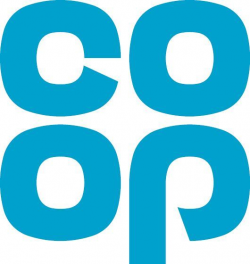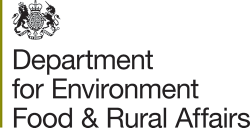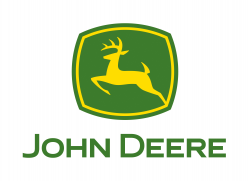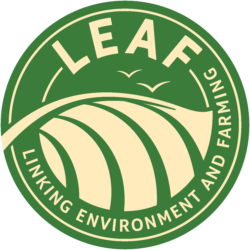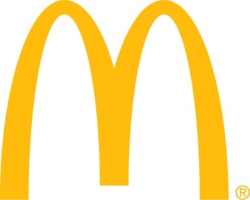LEAF Speak Out: Difficult Questions - Beef
I’ve heard that red meat is bad for you, what would you say to defend your position as a farmer supplying red meat?
Some people choose to eat, and really enjoy red meat. Some people eat it for health reasons, for example someone with anaemia might eat it to boost their iron consumption.
Eaten in moderation, red meat can be an important part of our diets. Red meat does contain higher saturated fat than, for example chicken, so some doctors recommend limiting red meat consumption to once a week and cutting off excess fat. Like most things, it can be good in moderation and as part of a balanced diet.
Cattle produce a lot of methane and are bad for the environment, shouldn’t we move to a diet with less reliance on meat and dairy to help farming’s carbon footprint?
Some people choose to eat, and really enjoy red meat and dairy products. Some people eat it for health reasons, for example someone with anaemia might eat it to boost their iron consumption and growing children drink milk to boost their calcium intake.
There are also parts of the UK where we cannot successfully grow vegetable-based diets because soils are poor, and the climate is more wet, such as in parts of Scotland, Wales and south-west England. In these regions, farms can easily grow grass. Humans don’t eat grass, but cows and sheep do. If we didn’t have cows and sheep in these areas, there would be limited, or no food produced from the land.
Why is beef so expensive?
The price of beef relates to the market price (supply and demand), the cost of rearing it (its food and housing) and the amount of edible meat produced from each animal (typically 45% of a beef carcass is inedible e.g. bones). You will often see beef on a menu that is 21- or 28- day hung, and this process also needs resources (eg labour, electricity) which all adds to the cost.
Why do you leave your animals outside in the snow/rain/cold?
Cattle are outdoor animals and the main part of what they eat is grass, so they need to be in fields for this. During the late autumn, winter and early spring, they are housed in big buildings to keep them warmer and fed whilst there is no grass growing, and also to prevent too much poaching of the ground. They are fed silage and grains in the winter. Silage is pickled grass and the grains are like cow’s muesli – a mixture of barley, vitamins and minerals, and soya.
Isn’t the poaching that cattle cause bad for the soil?
Most farmers keep their cattle in buildings in the winter, so that soil isn’t damaged during wet weather. Where cattle are kept out of doors and the field is damaged, the soil will recover over time.
Supported by the Crop Protection Association
Difficult question topics:
Beef
Why does your bull have a ring it its nose, did that not hurt? |
|
Are cows not bad for the environment - why don’t you just grow crops? |
Supported by:

Sign up to our mailing list(s)
You are now subscribed!
You are signed up to the mailing list(s) you selected.
If you no longer wish to receive emails from us, every email we send contains a link at the bottom allowing you to unsubscribe with one click. Privacy Policy.





